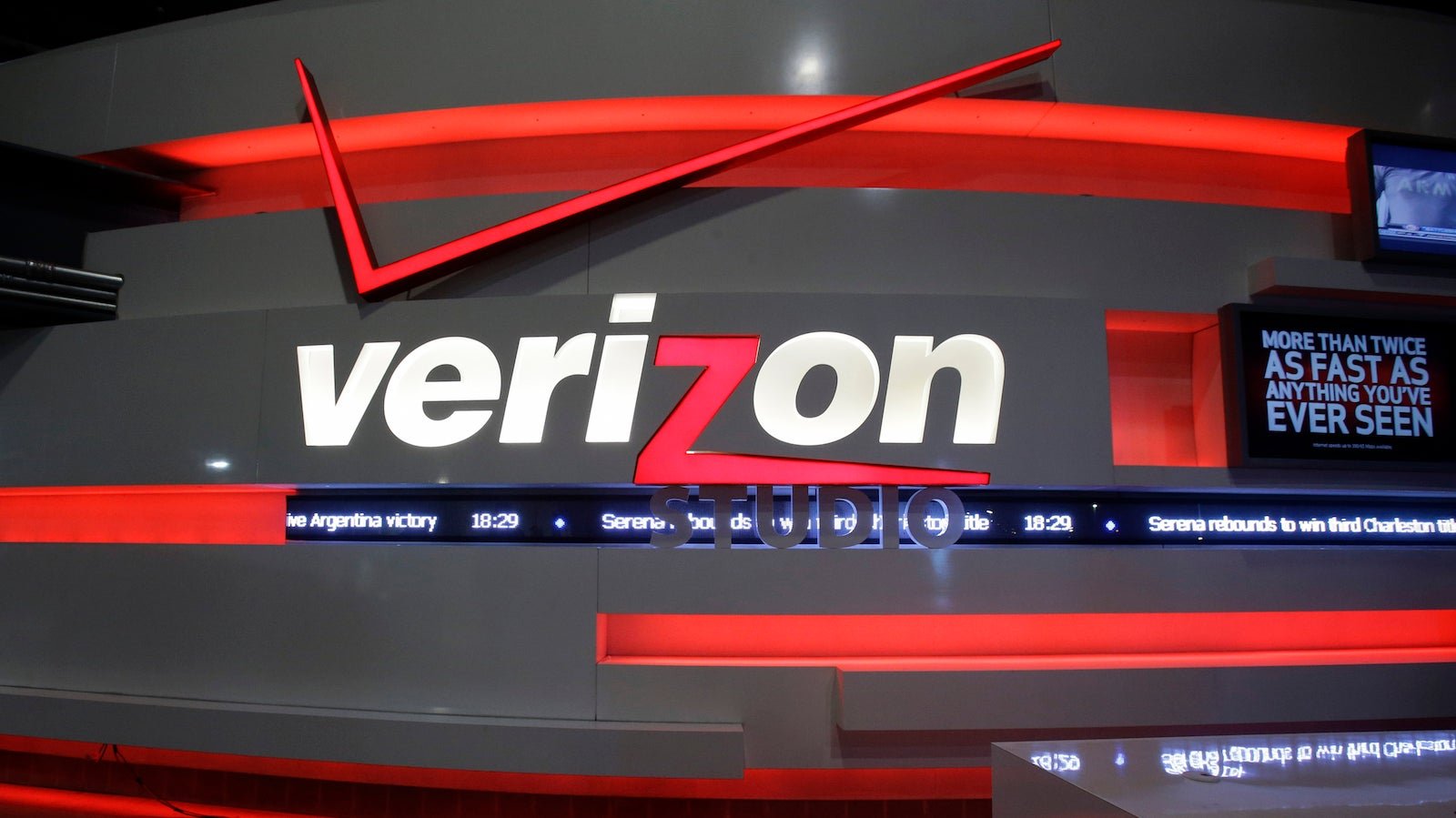Skinny bundles are proving to be very complicated for cable companies
Creating custom TV packages with fewer channels that are cheaper than standard bundles is one of cable’s latest lines of defense against cord cutting. But the strategy is proving to be more complicated than providers may have anticipated.


Creating custom TV packages with fewer channels that are cheaper than standard bundles is one of cable’s latest lines of defense against cord cutting. But the strategy is proving to be more complicated than providers may have anticipated.
The so-called “skinny” bundles were dreamed up a year ago by providers like Verizon and Comcast to win back consumers who were ditching cable for streaming video on-demand platforms like Netflix and Hulu, which are a fraction of the price of cable. And while they showed early success with cord-cutters and the feared “cord-nevers,” who are new to cable, networks like ESPN, which were left out of the fold, pushed back against the light packages almost immediately after they went on the market.
Disney-owned ESPN sued Verizon (paywall) when it introduced custom TV packages in its Fios service last year. The sports network, which was only available in the slimmed-down packages through an optional add-on tier, alleged that the bundles violated its existing contracts with Verizon. Fox Sports and NBCUniversal also said the custom TV packages were in breach of their programming contracts.
Disney recently blamed skinny bundles that don’t include ESPN for the network’s latest subscriber losses—an issue it aims to rectify by adding the network into more light packages.
Now it appears that Verizon is caving under the pressure of the networks. On Friday (Feb. 19), the telco revamped its light packages to include ESPN and other sports networks. The new custom-TV program offers two packages that each start at $54.99 a month: an essential bundle with 78 standard channels including AMC, Lifetime, E!, and Fox News, and a sports bundle with 58 basic channels including ESPN, NBC Sports Network, Fox Sports, and TNT. The refresh came shortly after Verizon said it would modify its custom-TV service to comply with existing programming contracts.
Comcast, for its part, has said that skinny bundles are not a huge draw for its subscribers and that they make up a small percentage of its overall video subscriber base. Seventy-five percent of Comcast’s video subscriber growth last quarter came from “higher-end” bundles the company said, and the rest were from a range of different packages.
Verizon said in a statement that the new packages were driven by customer demand, and not by the network spats.
Either way, the disputes and the custom-TV refresh suggests that cable providers and programmers need to work more-closely together to shape the future of TV. Their combined insights could create a clearer picture of what consumers want and are willing to pay for on TV, and how best to offer it to them. Right now, the confusion around the future of TV just makes it clear that no one media company has all the answers.